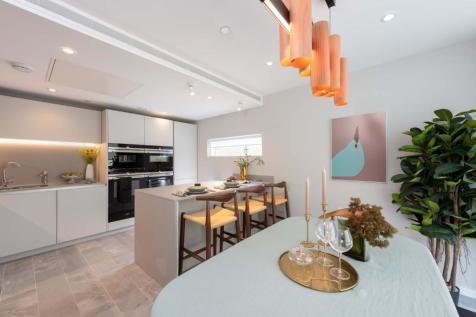Two-level home renovations provide unique opportunities and challenges in House Renovations in Bermondsey. The first step in evaluating opportunities and challenges is understanding what kind of split level you plan to renew. There are basically five types of two-level house designs:

- Split or Bi-Level Lobby: Composed of two levels, with the entrance on one level midway between the two floors. A short flight of stairs (usually 4-8) goes up, and another short flight of stairs goes down. If the lower level of the house is built at ground level, there will be stairs to the entrance. The lower level can be at least partially below ground level.
- Split Level: This type has three or four levels and two or three short flights of stairs. The entrance is usually on a medium level and opens directly into a formal living room.
- Stacked Split Level: The stacked type has five or more levels with four or five short sets of stairs. The entrance is on a middle floor, usually opening into a lobby with stairs going up and down.
- Split Entrance: The entrance to this type of home is between floors with lcrenovation and is generally located in an entrance area outside the main house. Like the divided lobby, the steps go up and down from the entrance.
- Raised Ranch – This type of split level has two levels with a full flight of stairs and the entrance to the lower deck. The living room is usually located on the upper floor, accessible by a staircase near the entrance.
Two-level House Renovations in Bermondsey were very popular in the 1950s, particularly in the East and Midwest. The design of the house is an adaptation that works well in the construction of a house on uneven terrain. The house can be built on the side of a hill or slope very easily. These houses were designed to separate living areas from sleeping areas and to provide formal and informal living areas. lcrenovation offer more privacy and tranquility. Disadvantages include uneven heating and cooling and lots of stairs. The heating and cooling challenge can be overcome by installing a zoned system. The number of stairs can present a special challenge for the elderly and disabled. However, the challenge can be solved by installing a sliding chair.
Other design type limitations include a lower level laundry room, no main level bathroom, shared bathroom upstairs with the bedrooms, and a lack of openness in the living room.

The specific remodeling challenges of bi-level homes are:
- Great care should be taken when opening up the formal living room with regard to weight-bearing walls
- Many split levels have small rooms
- Steps between levels cannot be deleted
- It is difficult to create a defined entrance area
- Moving the location of the kitchen makes this type of reform more expensive
- It can be difficult to add a tier to some types of split tiers without losing balance and external appeal

Leave A Comment